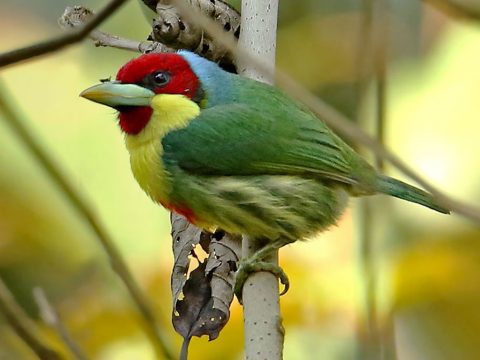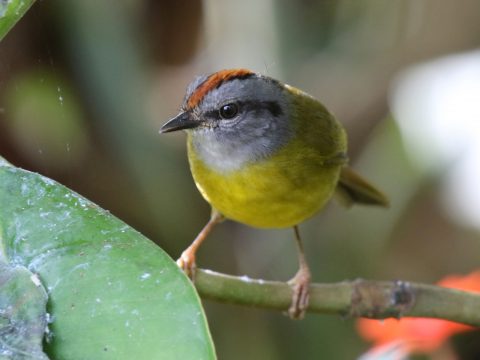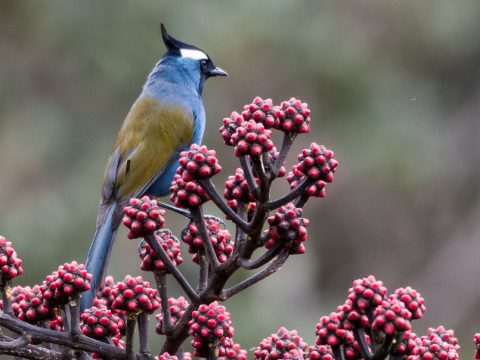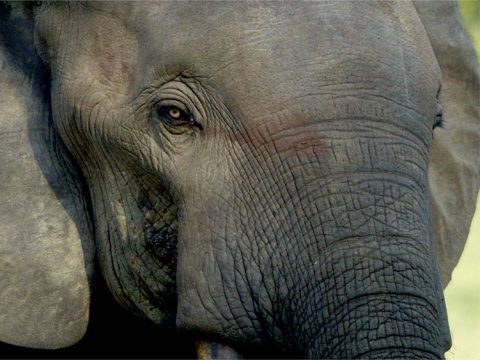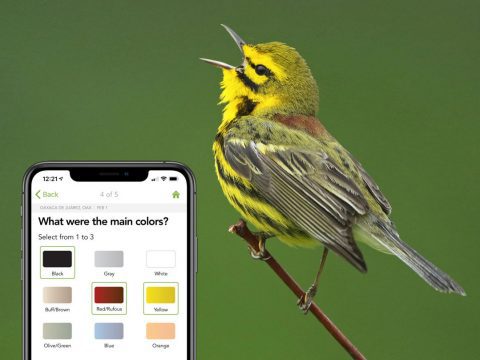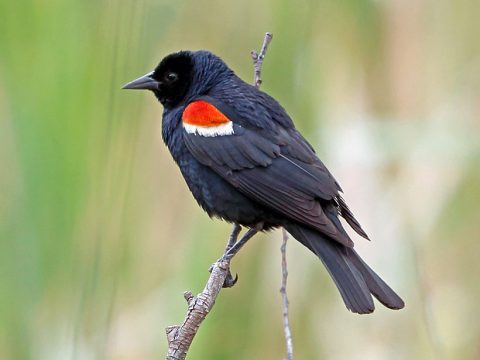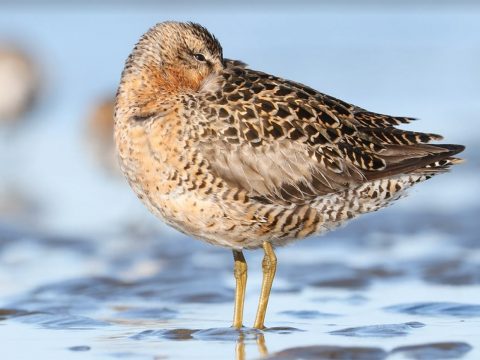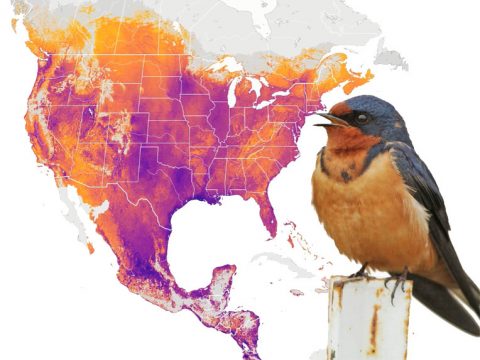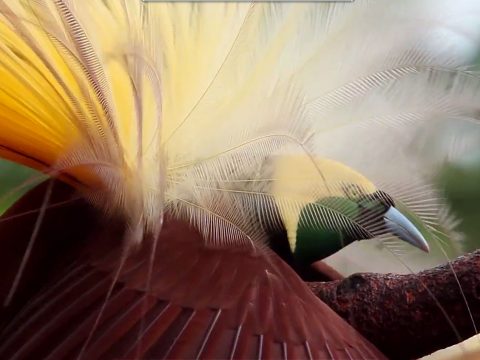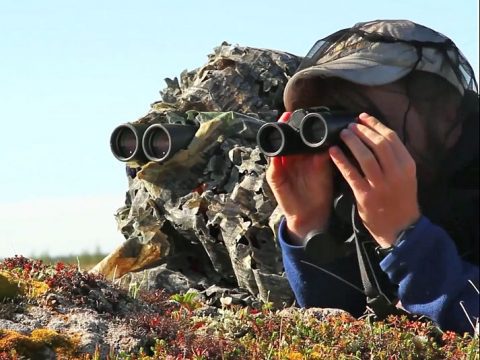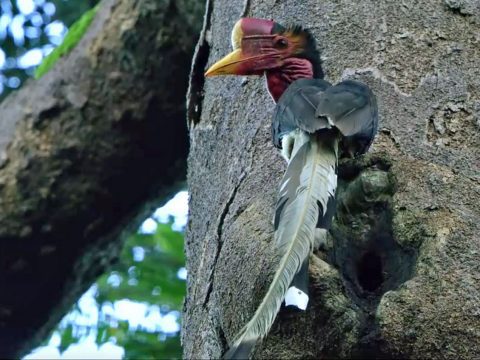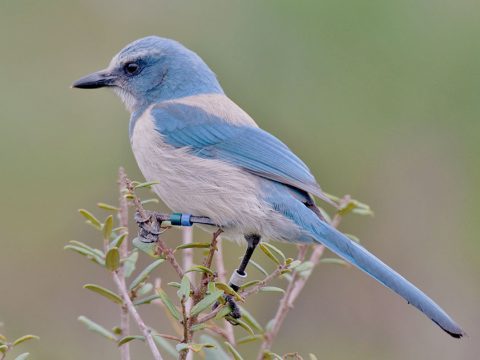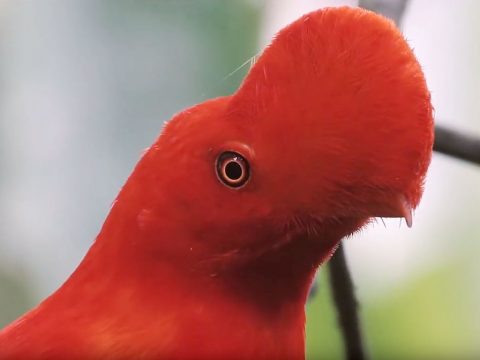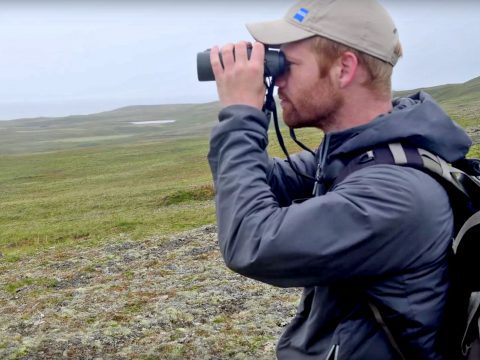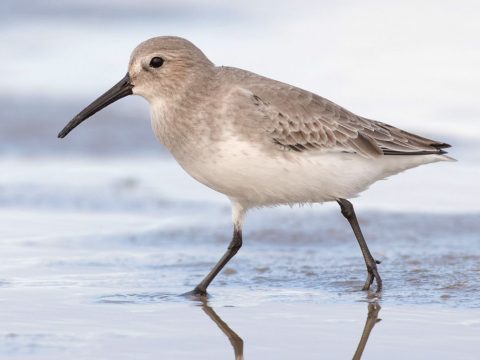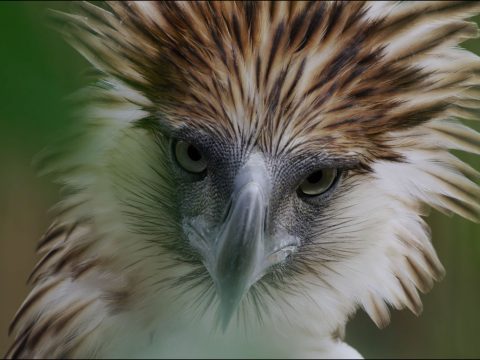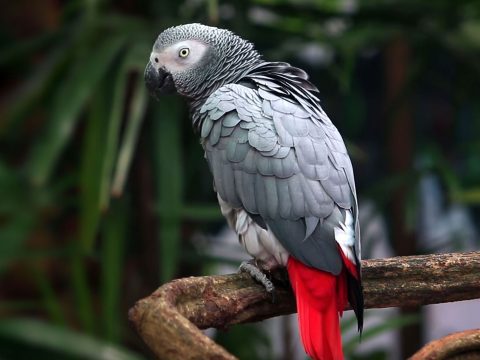As Climate Warms, a Return Expedition to a Peruvian Mountain Reveals Bird Species on an Escalator To Extinction
In 1985, a team of researchers from Chicago’s Field Museum including John Fitzpatrick (who later served as director of the Cornell Lab of Ornithology from 1995–2021) led an expedition to a remote mountain ridge in northern Peru. They documented the rich tapestry of birdlife along a path that rose more than 3,000 feet from a river to the top of the ridge.
More than 30 years later, Fitzpatrick returned there to retrace his steps with others including Ben Freeman, a recent Cornell PhD now at the University of British Columbia. This time, they found that species already living on the ridgetop now have smaller ranges. At least eight species have disappeared altogether.
As the climate warms, birds are moving upslope to cooler temperatures. As they run out of mountaintop, the next step is extinction. The researchers suspect this is just one example of a pattern emerging on mountain slopes all over the world.
Your support helps the Cornell Lab and partners to conduct the science needed for conservation action—in this case, generating evidence for a wake-up call about climate change and the consequences for birds.
More Stories
 Conservation in ActionHow We Use Sound to Help Protect Elephants from Poaching
Conservation in ActionHow We Use Sound to Help Protect Elephants from Poaching Conservation in ActionCalifornia Protects Tricolored Blackbird After eBird Data Help Show 34% Decline
Conservation in ActionCalifornia Protects Tricolored Blackbird After eBird Data Help Show 34% Decline Conservation in ActionCoastal Solutions: Building a Bold New Community to Address the Shorebird Crisis
Conservation in ActionCoastal Solutions: Building a Bold New Community to Address the Shorebird Crisis Conservation MediaBirds-of-Paradise Help Inspire Conservation of Forests in West Papua
Conservation MediaBirds-of-Paradise Help Inspire Conservation of Forests in West Papua Conservation in ActionHow Can a Great Cup of Coffee Support Birds, Farmers, and Local Communities?
Conservation in ActionHow Can a Great Cup of Coffee Support Birds, Farmers, and Local Communities? Conservation MediaHow Can We Change Hearts and Minds to Save Wild Parrots?
Conservation MediaHow Can We Change Hearts and Minds to Save Wild Parrots?
Join Our Email List
The Cornell Lab will send you updates about birds, birding, and opportunities to help bird conservation. Sign up for email and don’t miss a thing!
Golden-cheeked Warbler by Bryan Calk/Macaulay Library

